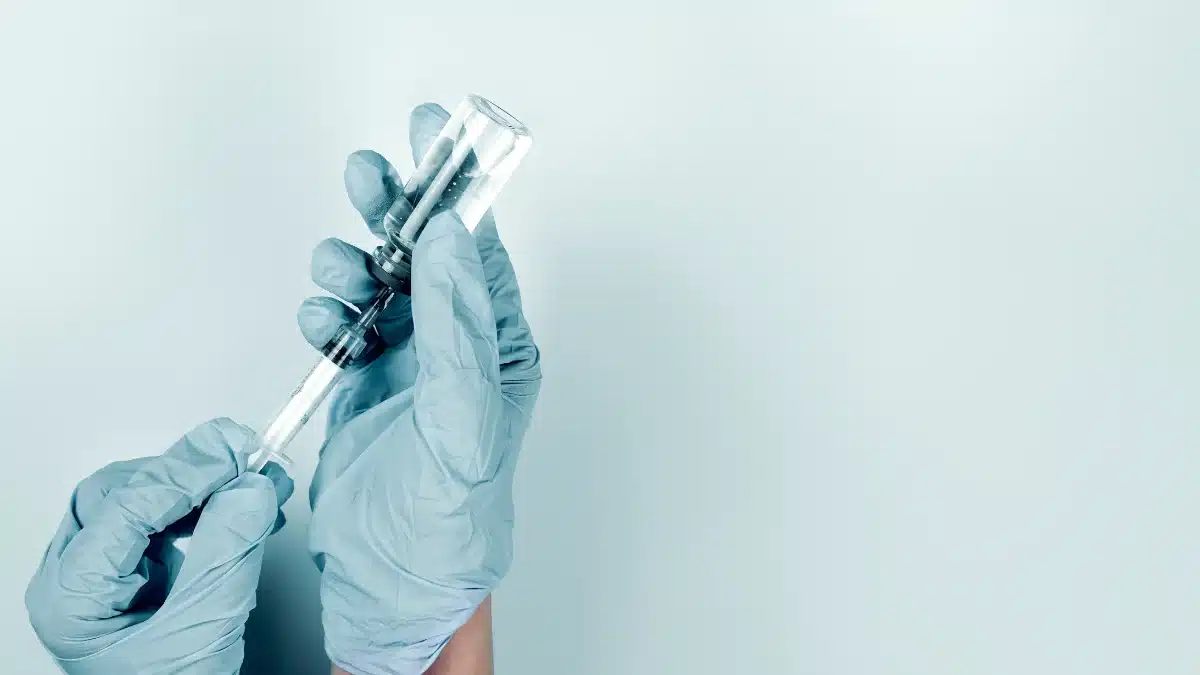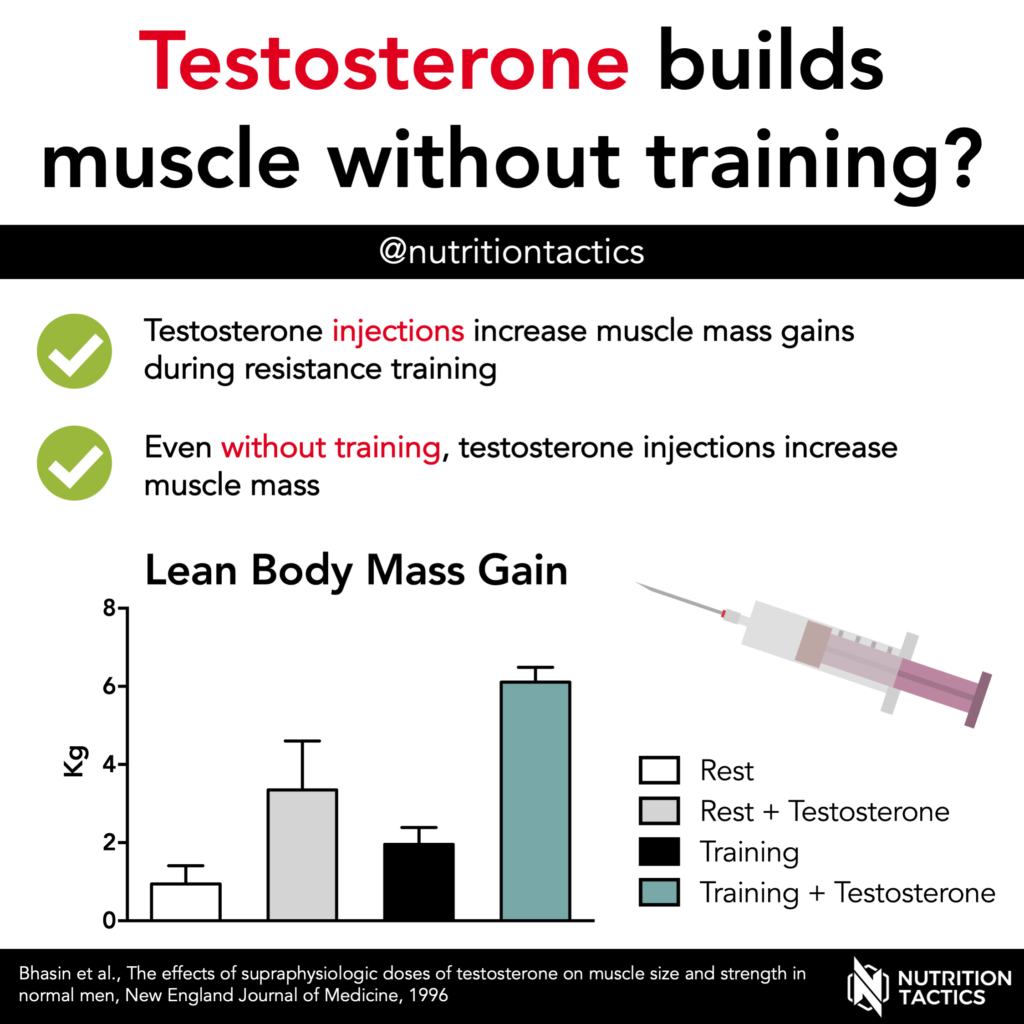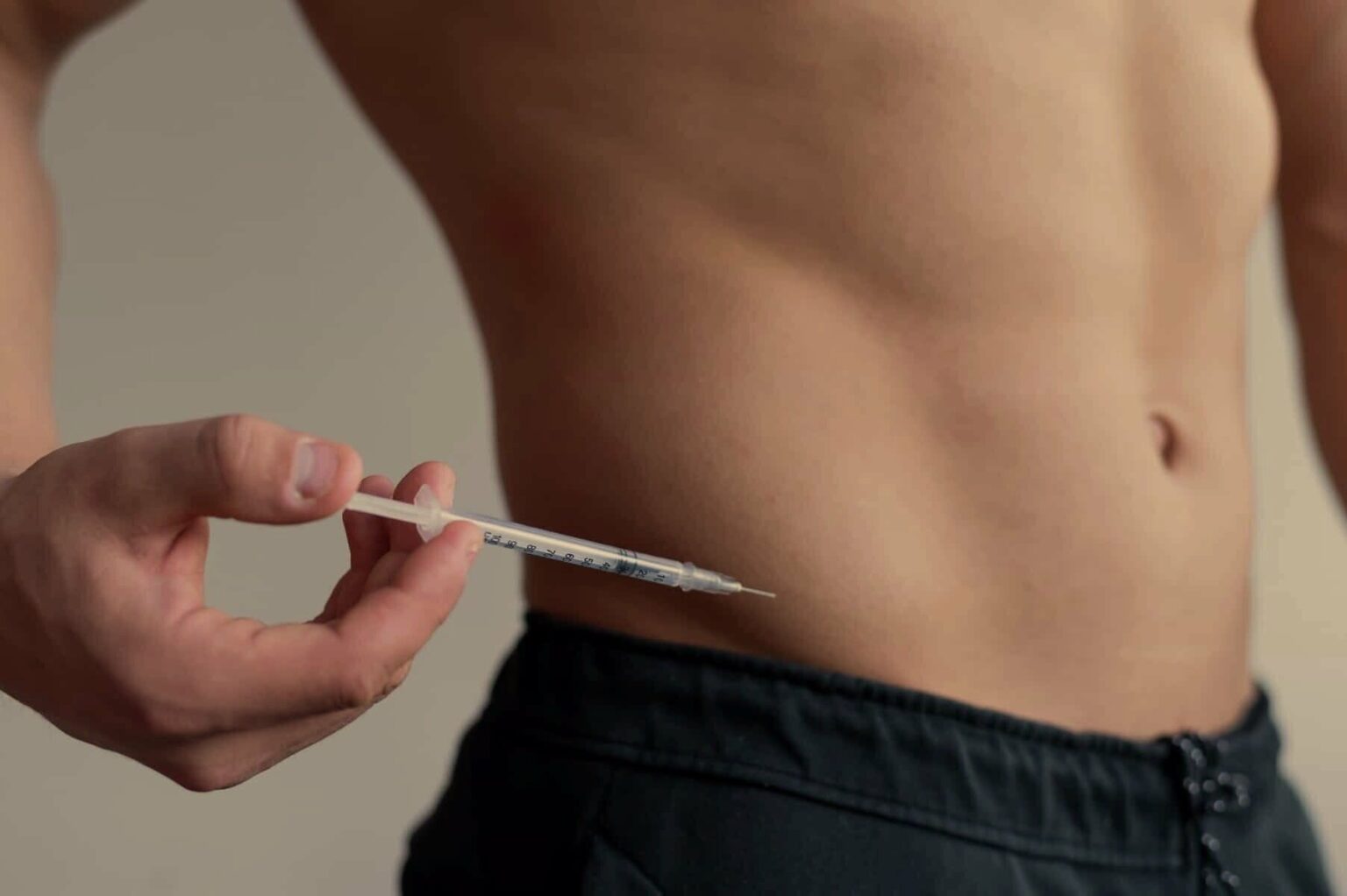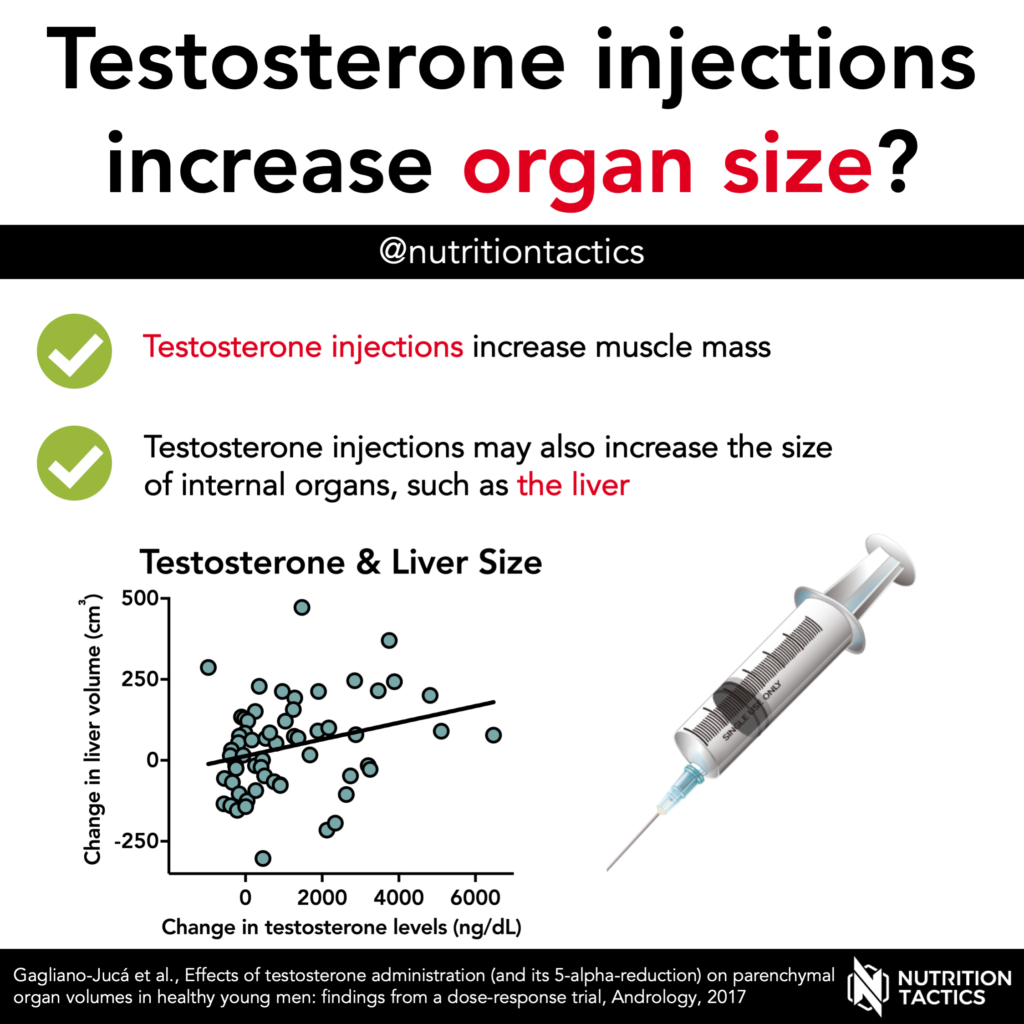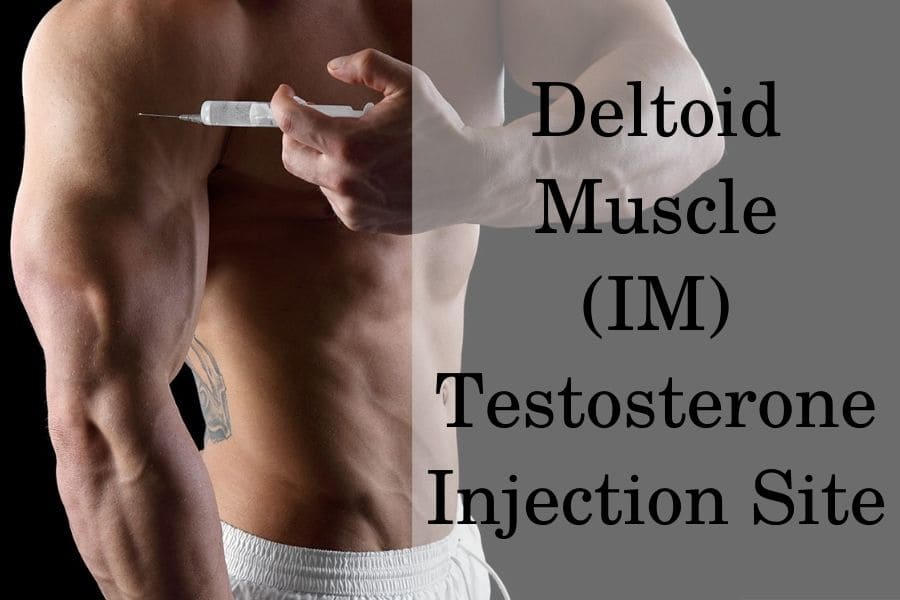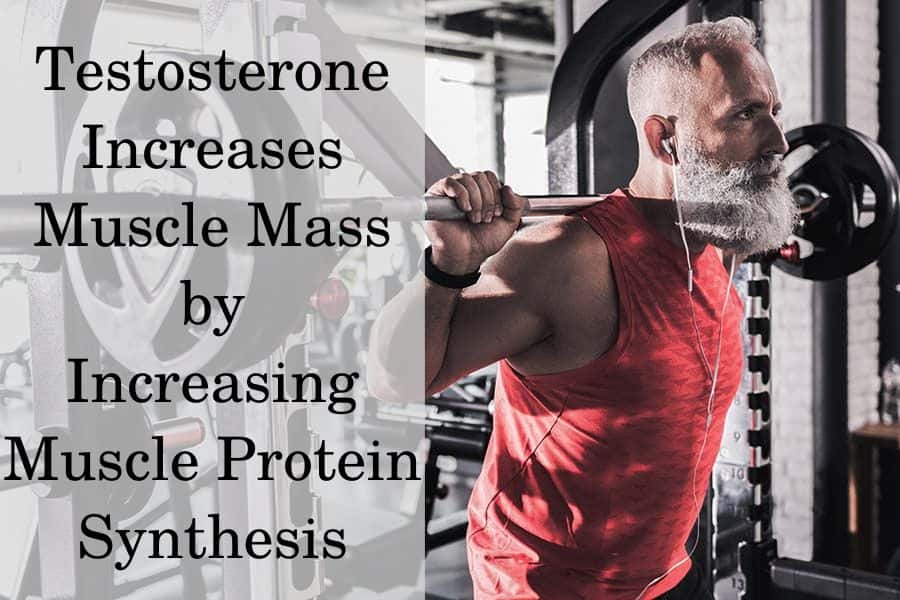What Happens If Testosterone Is Not Injected Into The Muscle
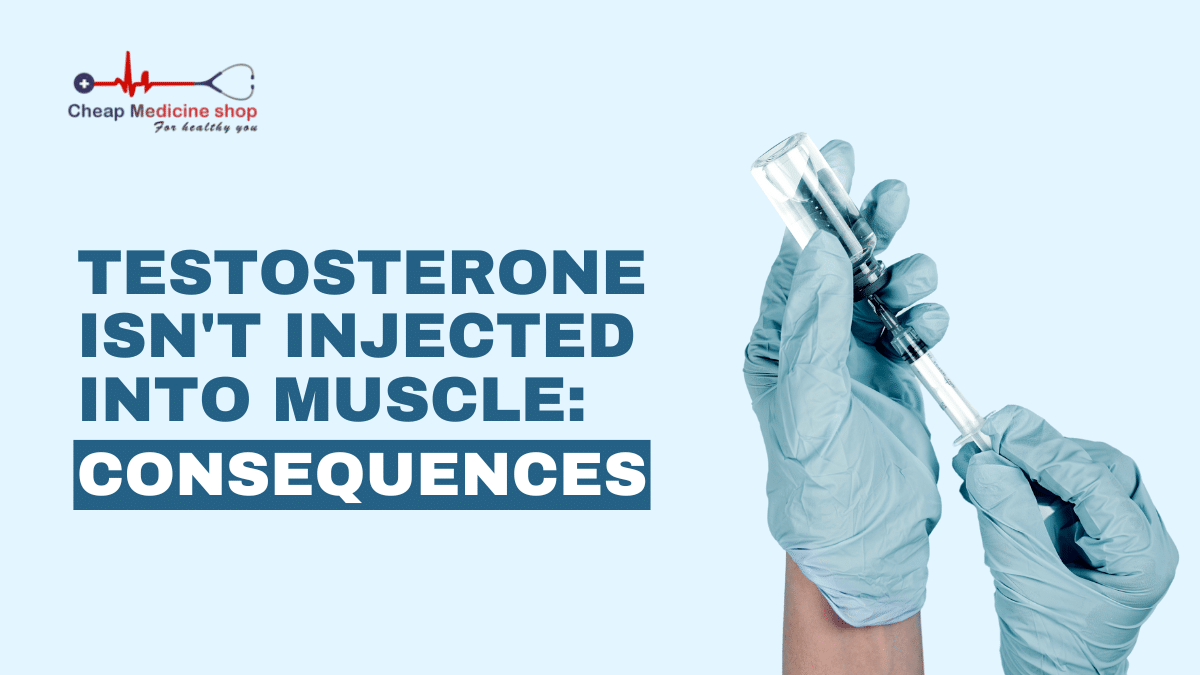
Immediate action is crucial following incorrect testosterone injection. Subcutaneous or intravenous administration instead of intramuscular can lead to serious complications, impacting treatment efficacy and patient safety.
This article breaks down the potential consequences of injecting testosterone outside the muscle, emphasizing the importance of proper technique and immediate medical consultation if errors occur.
What Happens When Testosterone Misses the Muscle?
The intended route for testosterone injections is intramuscular (IM), meaning directly into the muscle tissue. This allows for slow, sustained release and absorption of the hormone into the bloodstream.
When testosterone is injected subcutaneously (SQ), under the skin, or even worse, intravenously (IV), directly into a vein, the hormone absorption process is disrupted.
Subcutaneous Injection
SQ injections can result in inconsistent absorption rates. This leads to unpredictable testosterone levels in the body, potentially causing fluctuating mood, energy levels, and libido.
Skin irritation, pain, redness, and the formation of painful nodules at the injection site are also common. The hormone may not be absorbed efficiently, reducing the therapy's effectiveness.
Intravenous Injection: A Critical Emergency
IV injection of testosterone is a medical emergency. Injecting oil-based solutions, common in testosterone formulations, directly into the bloodstream can cause pulmonary oil microembolism (POME).
POME occurs when oil droplets travel to the lungs, blocking small blood vessels. Symptoms include shortness of breath, chest pain, coughing, dizziness, and even loss of consciousness.
According to a 2017 case report in the *Journal of Emergency Medicine*, a patient who self-injected testosterone intravenously experienced severe respiratory distress requiring immediate hospitalization and oxygen support. Prompt recognition and supportive care are vital in managing POME.
Common Signs and Symptoms
Regardless of the misinjection type, watch for these signs: unusual pain or swelling at the injection site, difficulty breathing, chest pain, severe anxiety, dizziness, or sudden changes in blood pressure.
These symptoms should be reported to a healthcare professional immediately.
Who is at Risk?
Individuals self-administering testosterone injections without proper training are at the highest risk. This includes those using testosterone for hormone replacement therapy (HRT), gender affirmation, or athletic performance enhancement.
Lack of proper anatomical knowledge and injection technique contributes significantly to these errors.
A study published in *Clinical Endocrinology* found that patient education and supervised injections significantly reduced the incidence of injection-related complications. Proper training on injection sites and techniques is essential.
Immediate Actions and Medical Intervention
If you suspect you've injected testosterone incorrectly, do not panic but act swiftly.
If you experience any of the symptoms described above, especially respiratory distress or chest pain, seek emergency medical attention immediately. Call emergency services (911 in the US) or go to the nearest emergency room.
Inform the medical staff about the injection error and the medication used.
Long-Term Consequences and Management
Long-term consequences vary depending on the severity of the misinjection. POME can lead to chronic lung damage if not promptly treated.
Subcutaneous injections can result in long-term skin changes, scarring, and persistent pain. Inconsistent hormone levels may necessitate adjustments to the testosterone dosage and monitoring schedule.
Regular follow-up with a healthcare provider is crucial to assess hormone levels, monitor for potential complications, and adjust treatment plans as needed.
The Importance of Proper Training and Education
Proper training on testosterone injection techniques is paramount. Healthcare providers should thoroughly educate patients on appropriate injection sites, needle size, and administration methods.
Consider using visual aids, such as diagrams or videos, to demonstrate the correct procedure. Hands-on training, where patients practice under supervision, is highly recommended.
According to the Endocrine Society's Clinical Practice Guidelines, healthcare providers should regularly assess patients' injection technique and address any concerns or questions.
Conclusion: Prioritize Safety and Seek Expertise
Misinjecting testosterone can lead to significant health risks. Recognizing the signs and symptoms of complications, seeking immediate medical attention, and prioritizing proper training are crucial steps in ensuring patient safety.
Ongoing research and educational initiatives are vital to improve injection techniques and minimize the incidence of misinjection-related complications. Consult with your doctor and follow the instructions carefully.




